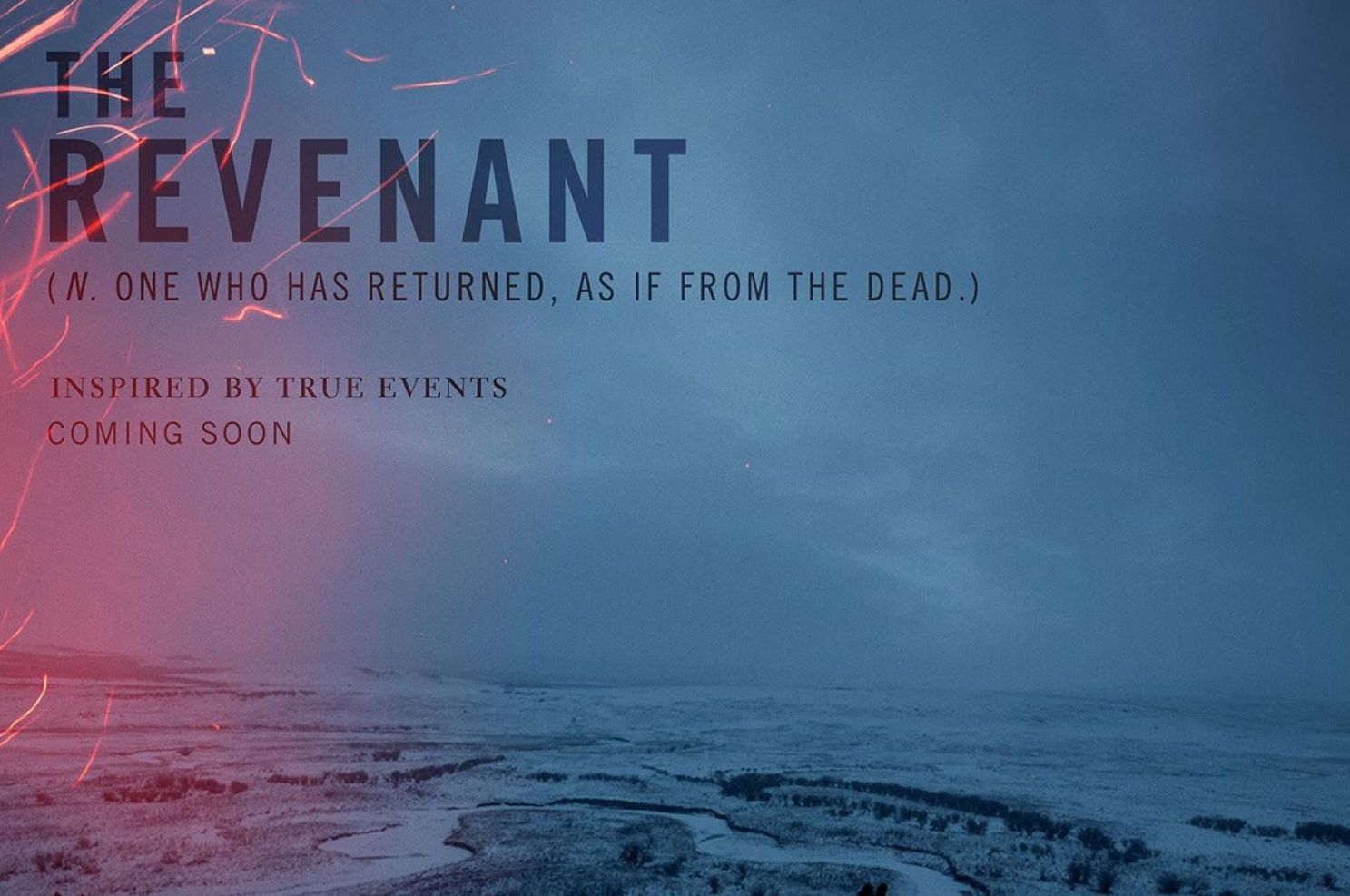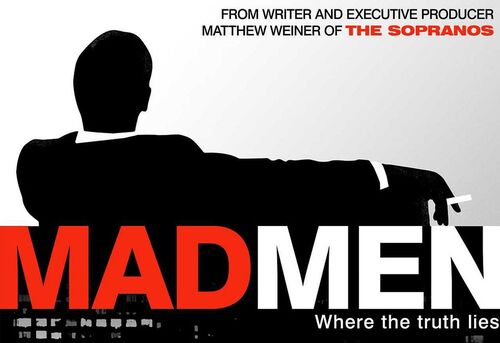
The Revenant - The Films of Alejandro G. Iñárritu: Part 2
 “Some films, you know that you own them. This was a f—-ing animal on another planet – a big canvas with no frame. It could go anywhere, and that is scary."
“Some films, you know that you own them. This was a f—-ing animal on another planet – a big canvas with no frame. It could go anywhere, and that is scary."
If Birdman was Alejandro G. Iñárritu's controlled environment, a complex screenplay paired with the appearance of a basic production, then The Revenant is a basic story that proved a demanding and rigorous experience for everyone involved, a wild and untamed animal.
Part 2 of The Films of Alejandro G. Iñárritu was initially planned as a structurally similar follow up to part 1, next taking a further look at the following three films in the director's resume: Biutiful, Birdman and The Revenant. The complexities, the nuances, the beauty of his sixth film, however, demand it has its own stage.
Pitting the films against one another is not the idea. Instead, Iñárritu's back half of films so far have shown the same tendency toward exploring the brutality of human nature, yet have moved away from some of the more complex linear structures that possibly defined earlier films in an overt, albeit successful manner. At this stage, the director is one of the most important filmmakers working right now.
Structurally so, he simplified his formula but still managed to find more to say on the human condition. And The Revenant delves into perhaps the darkest places he's been. This exhaustive, visual masterpiece spends a lot of its time on-screen guiding us through Hugh Glass' (Leonardo DiCaprio) rebirth, achieved in the process of pushing the filmmaker, cast, and crew right to their limits in the off-screen process. Far deeper than all that, it asks many questions and gives both infinite and unclear answers to them.
How much can one man endure before nature takes away the last thing he has? How far does a man go before he becomes something less, something primal? Is man no more than a beast, hiding behind a curtain and demanding he suffer the lowest of lows in order to release his native instincts? And maybe the most obvious one: is revenge a worthy cause for which to continue on surviving? Can it be a person's reason to live? The Revenant is a revenge survival tale that refuses to agree with revenge as a means for survival. Because after revenge, what comes next? The film doesn't quite approach this in the way it may have wanted to, but it never forgets about it.
Arguably, Glass' rebirth is a result not of his need for revenge, but of a need to do justice for the ones he loved and lost. His visions and his memories, of which we see sparingly, show a man who undeservedly loses everything. He is torn right down to his core. But the tree is used as a metaphor frequently throughout the film. Look at the branches, and you think it will fall. Look at the trunk, and you know it is safe. Does it speak to the strength of man even when his reasons for living have departed from him? When it's all stripped down to the core, man can prevail (even to a stubborn extent). On the other hand, it could pit the branches as the little things, the secondary pieces that never truly matter in the grand scheme of things. Take them away, and the trunk still stands. The trunk is harder to cut down. Man is stronger than the sum of his own parts.
And in many ways, the parts in the film can be throwaway scenes. In any other film they might be. See them as an excerpt and you'll disregard them as meaningless, irrelevant. Take them out of The Revenant, and strip it of its own branches, and it loses its identity. Every scene says something new. The story's themes grow as the film progresses, and it never lets up. The Indians are posited as the other, the enemy, very early on. But before long, they're given their own purpose in the story, and refreshingly there is never truly an other (apart from the less rounded Fitzgerald, played by Tom Hardy). We understand every player on the cold and ruthless playing field, even if they aren't exactly the focal point. Characterisation though is at a bare minimum. That's not the story here. But the film demands repeat viewings, if only to make sense of the inter-cutting visions our protagonist continues to have throughout. Through them we can discover what truly drives the man, and to what extent.
The film's major beats are subtle, its major twists and turns carefully handled. Yet they never reach the standards our modern audience is maybe accustomed to. There is no romanticizing, or fetishistic handling of the material. There is very little soundtrack, and sound in general is used tenderly, sparingly, to play up the animalistic world we've been thrust into. It's all very real, and because of that the violence is astonishing, brutal in an almost uncomfortable way. The story demands that it doesn't shy away from such an honest depiction of a deep and powerful revenge tale, by its very own identity set on a backdrop so harsh that anything less than complete authenticity, within reason, would have been a cheat.
Much like Marlon Brando's Vito Corleone in The Godfather, Hugh Glass spends much of the film's exhaustive run-time battling back from injury. Comparatively, The Revenant is to 2015 what Apocalypse Now was to 1979, a haunting modern fable made even more so by its production tales. Iñárritu has repeatedly spoken, quite openly, about how the film nearly killed him. He describes the film as "men against men and men against nature in vast, spectacular landscapes, with action, but also a very spiritual demension." Fittingly, he describes having died and been reborn again in the making of the film itself. Stories of crew members leaving the set. Of horrifically freezing cold temperatures. Production was put on hold for months due to nature's own plans resulting in an absence of snow right when the film needed it most.
The production phase included a sequential shoot, from start to finish (later disrupted by that whether), and the film was shot with only natural light, allowing for a roughly 90-minute stretch of daylight in which the crew could capture any usable footage per day. Filming spanned nearly nine months. The budget sky-rocketed. A crew member described the shoot to The Hollywood Reporter as "a living hell." DiCaprio himself said he nearly froze to death in the subzero temperatures. Iñárritu told The Wall Street Journal "Art is not difficult because it’s trying to be difficult. It’s art because it wishes to be art." He spared nothing for the sake of luxury in the creation of a film that needed its own very real suffering for all involved, or so it seems.
Emmanuel Lubezki's cinematography is startling, one of the most stunning examples of the art in filmmaking history, and it's difficult to find a challenger. Lubezki described every day as coming close to failure, and the brutality on the body enforced the landscape and the present onto his mind in a much greater, conscious way. Every scene is stunning. The surroundings are a key focal point of the movie. Its beauty is almost a betrayal to its characters with its harshness, highlighting the reality by its surreal appearance. And yet, the setting never lies to its characters. They're there for a reason. They battle the elements as much as they battle one another. The film is very much a sensory experience, reliant on the sights and the sounds. The contrast is a joy, such as when flames flicker up in sparks in the foreground against a dark silhouette of trees and mountains. The camera techniques themselves use skills learned from Birdman; many of the action sequences involve continuous shooting, transitioning from one character to another without breaking the sequence up into any quick cuts.
The story never loses itself to its themes, but instead learns from them and cooperates with them in base ways. The plot is simple, and predictable at times. But Glass' emotional turmoil is never forgotten, and in these moments the soundtrack, the landscape, the acting, the direction all collaborate to remind us just exactly why we're enduring this experience. And as easy a word as it is to use, The Revenant is an experience, a tale that lingers far beyond the moment when the credits roll. Iñárritu knew it would. As the screen cuts to black, we hear the sound of heavy breathing for a few seconds longer, just while we catch our breath, recover, and return. Credits roll, and we are back in our comfortable worlds, away from the savagery of the story.
Whether The Revenant belongs on a list of films that transcend their peers to earn the status of masterpiece, right now it's unclear. It needs further viewing. It deserves to float for a while, bask in the glory of its own accomplishments, before the debate begins. But it is Iñárritu's epic, his magnum opus, a crowning achievement that he may not ever recreate (or at least not in this way). But as he has said, if he isn't trying something new, challenging himself and furthering himself, then what's the point anyway? Iñárritu reshapes his scope and vision with each film, and the next one will be met with an avid anticipation that may even rival that of The Revenant, but can he can any better than this?


